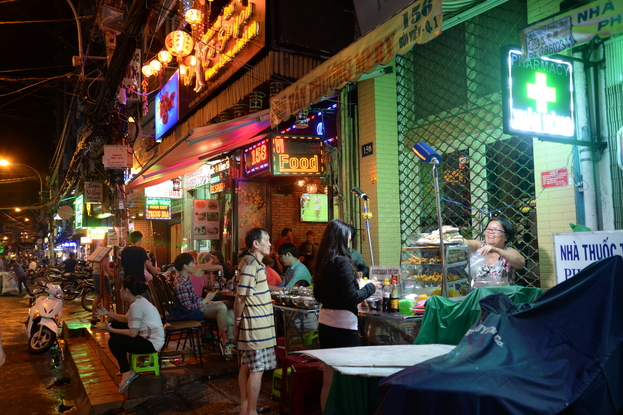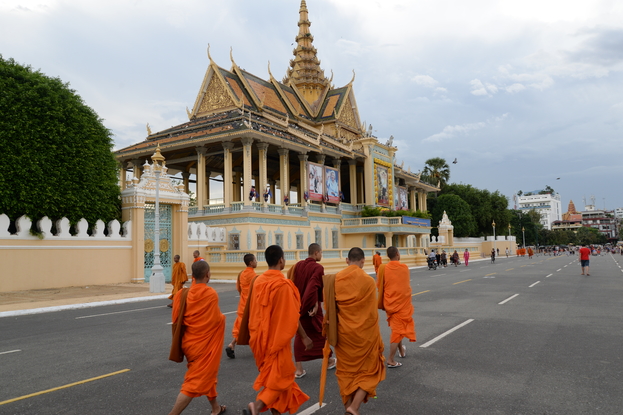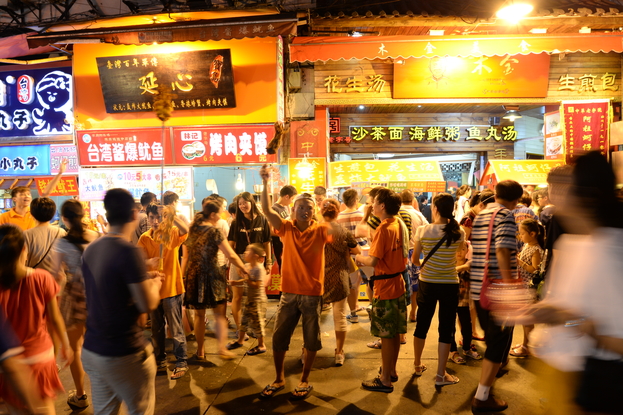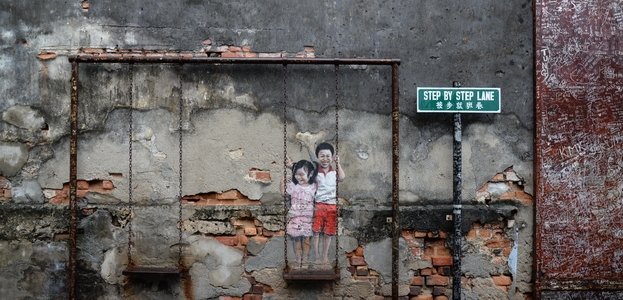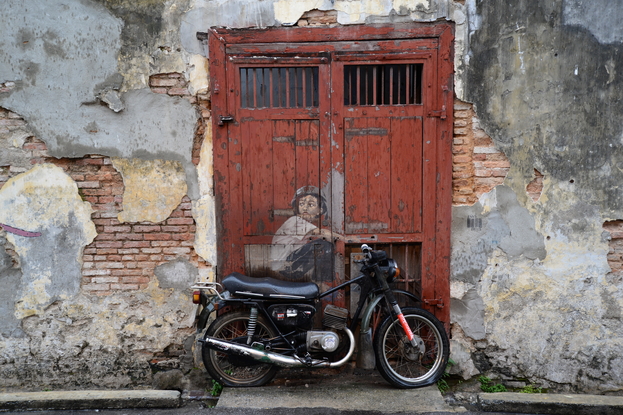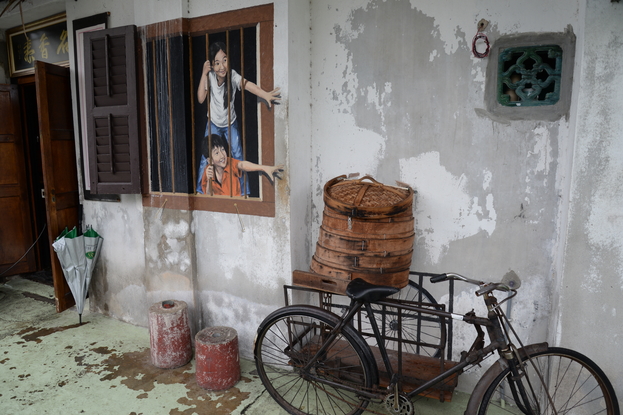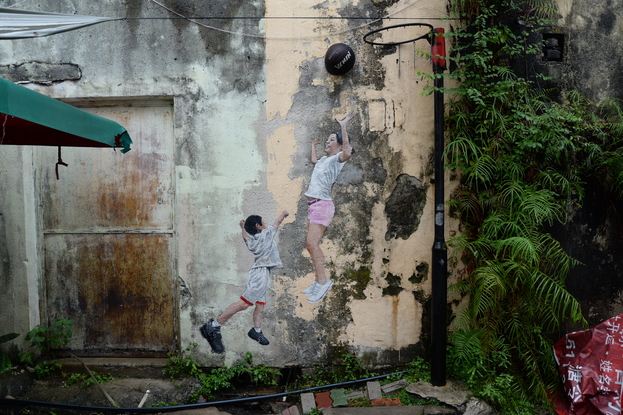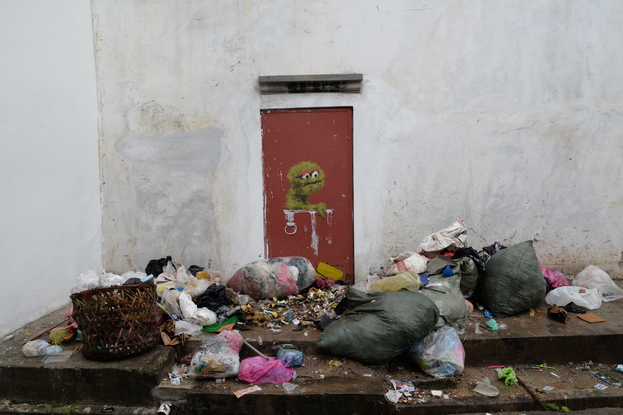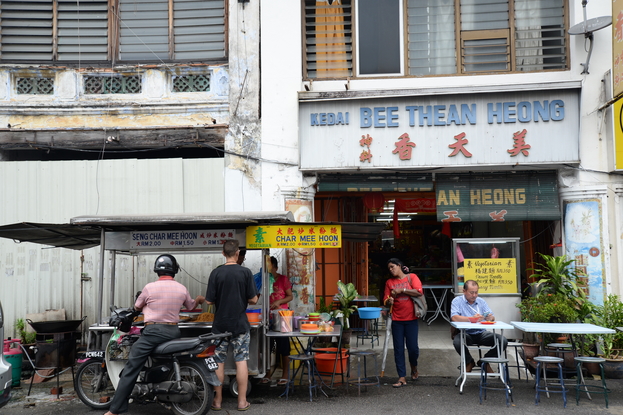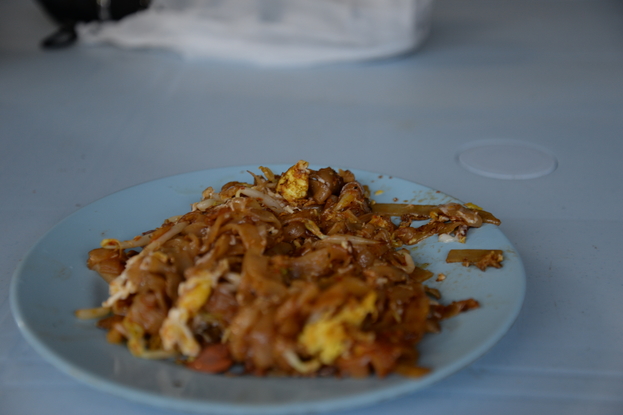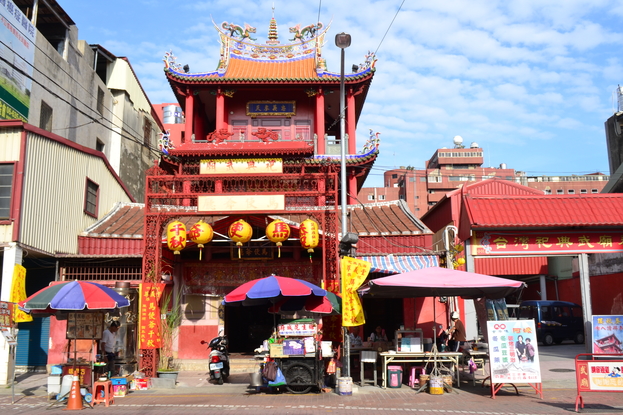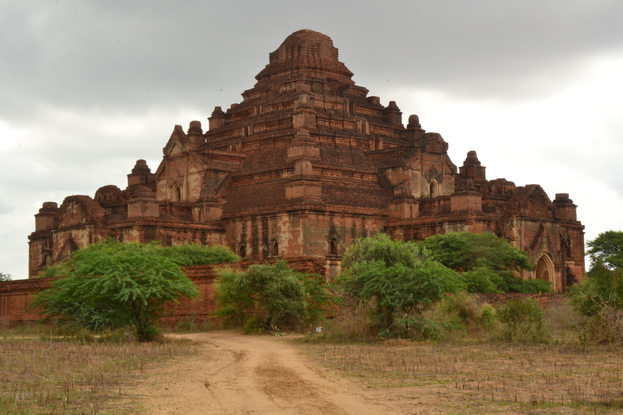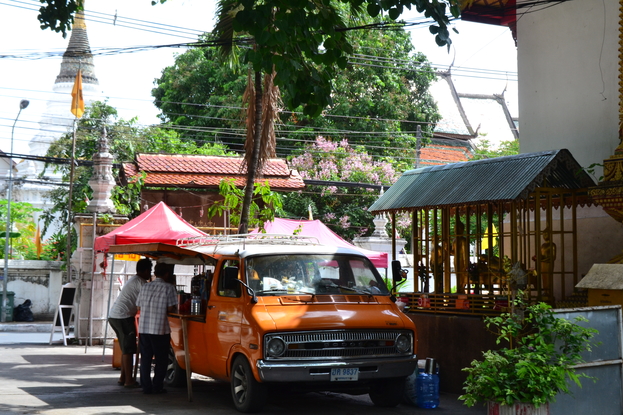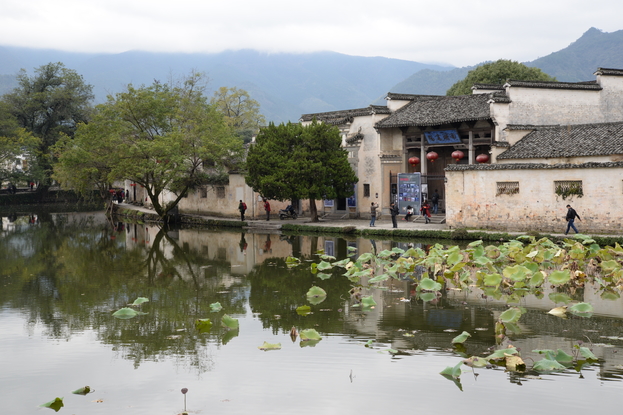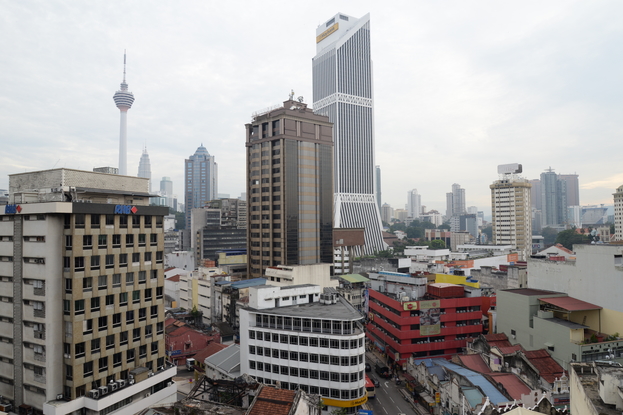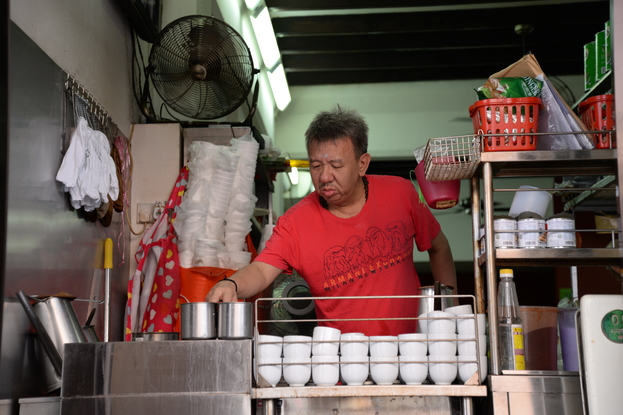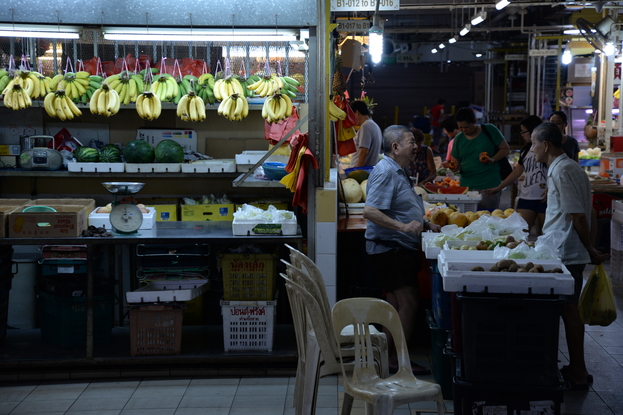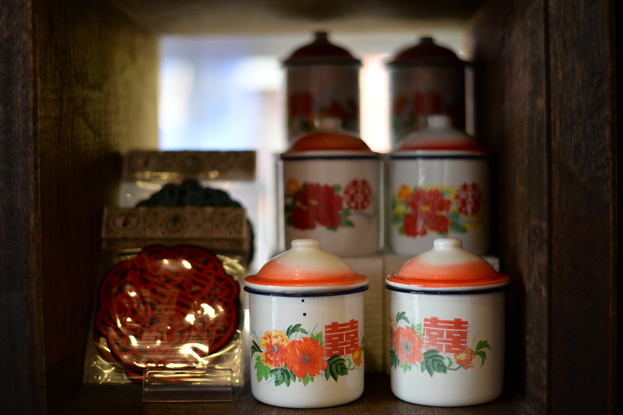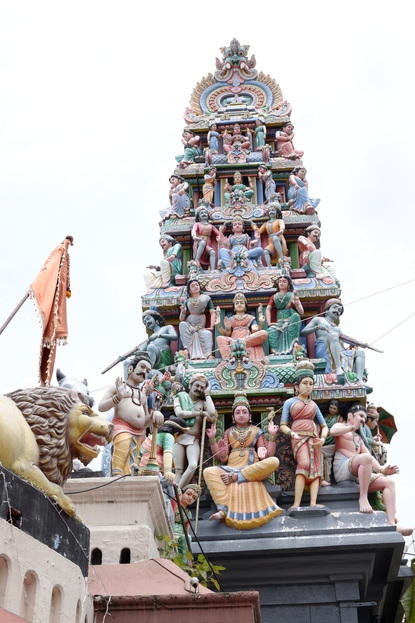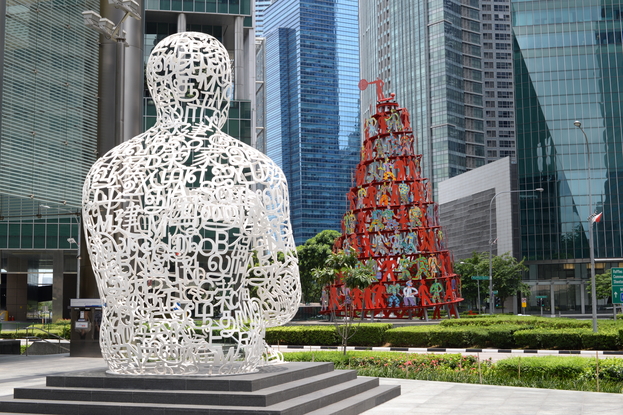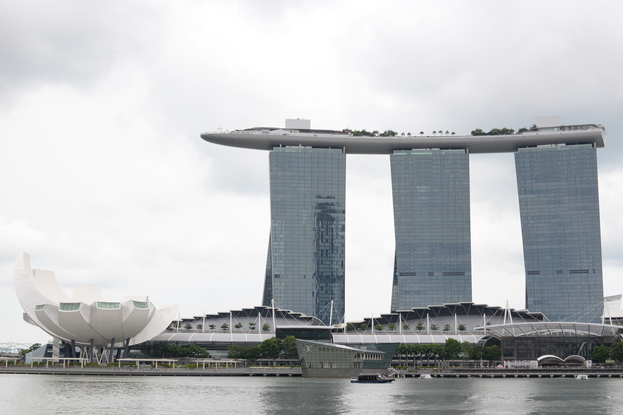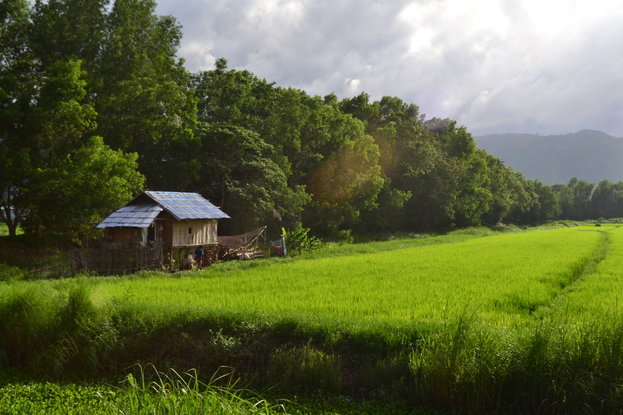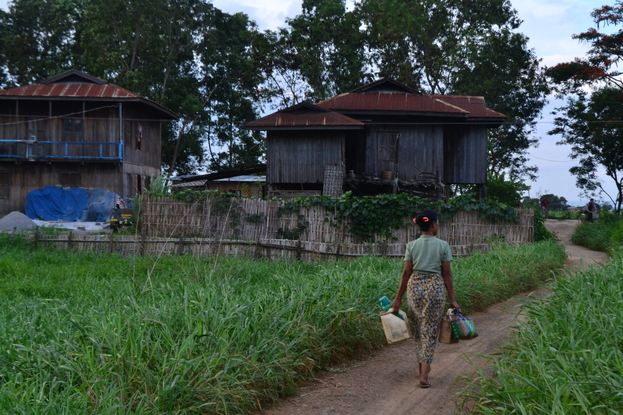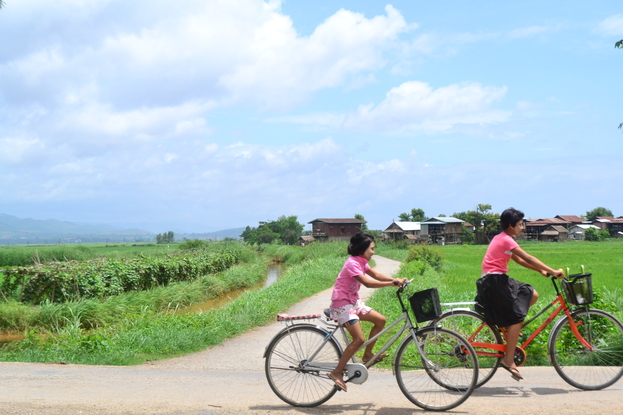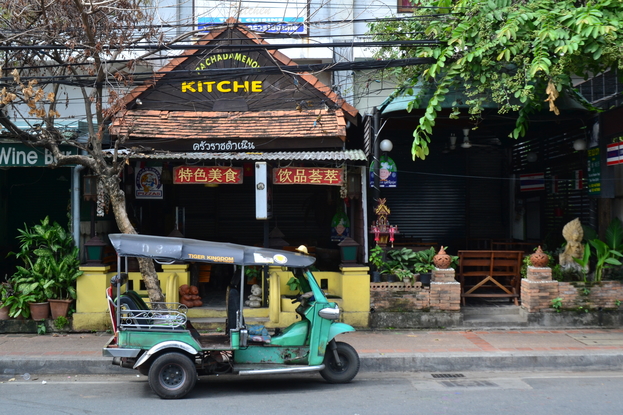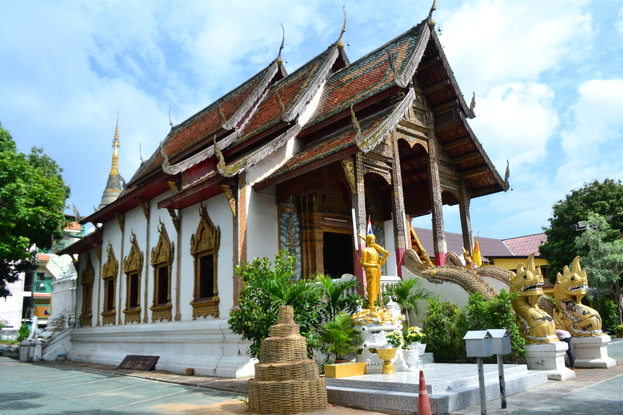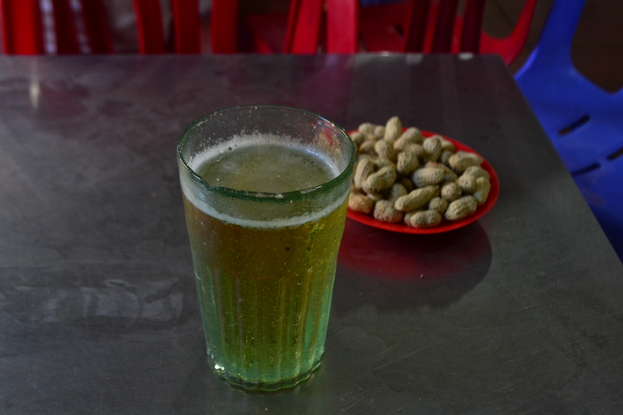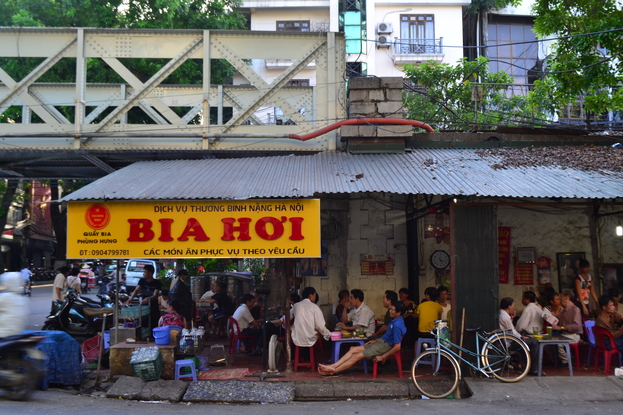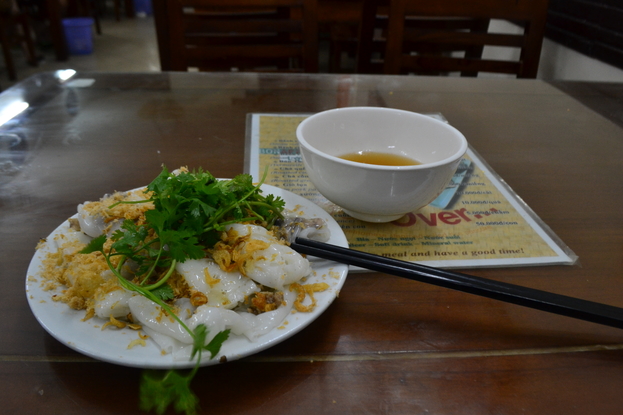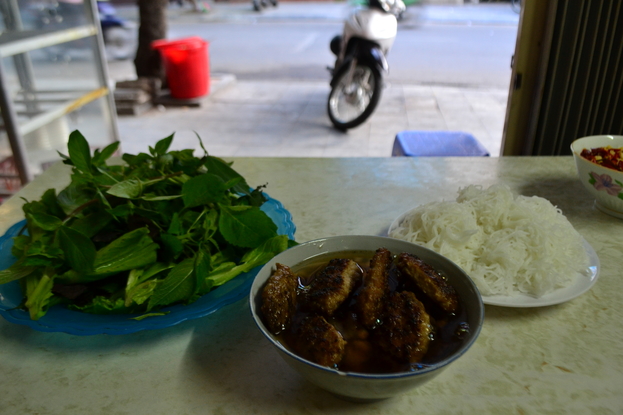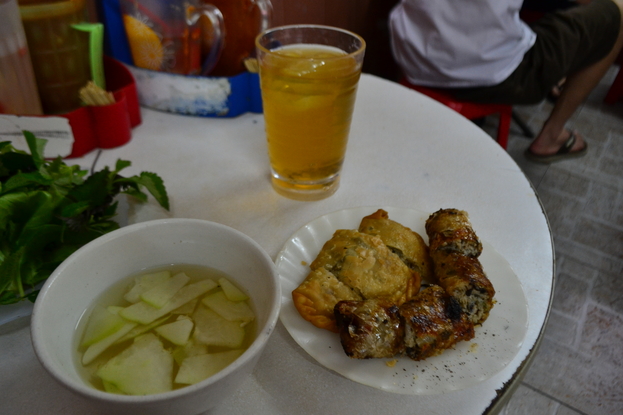My thoughts were momentarily interrupted by the abrupt stop of the enchanting sound of the hired pony cart. The driver hopped down from his seat, seemingly having found something. He picked up a wooden carved slingshot left on the ground (a child’s toy, he said), not an easy spot in these sandy vast plains. With a few swipes to clean off the dirt and sand, he proceeded to show me how it’s used with a few rocks he picked up. You can scare off dogs, see? He suggested I keep it as a souvenir. Sure, but my mind was still with the awe-inspiring sunset views of Bagan just moments earlier.

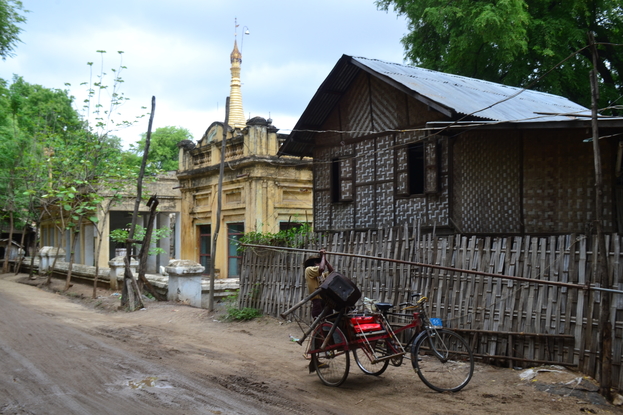
The trip from Yangon to Bagan was a lot more difficult than I had anticipated. As internet bookings for air tickets are not available in this country, I approached a local air line agent only to discover that the official ticketing offices are closed during the weekends. Despite knowing that mine is no longer a business of theirs, the office manager had his entire team researched for options of my itinerary, sat me down with a warm cup of tea and carefully ensured that I knew what to do. It was but one of the many genuine moments of kindness I experienced from the local people.
My only bet was therefore to arrive at the airport early before the 6.20am flight and purchase the ticket directly from the desk. I arrived 2 hours in advance, lurked around the unopened airport doors just so to make sure that I would be the first in queue (I wasn’t- the locals’ ability to arrive late, flag their cash and cut queues should not be underestimated). I felt like I was on the Amazing Race.
Despite the troubles in getting there, Bagan is worth every bit of the effort. It is as spectacular as I imagined it would be.

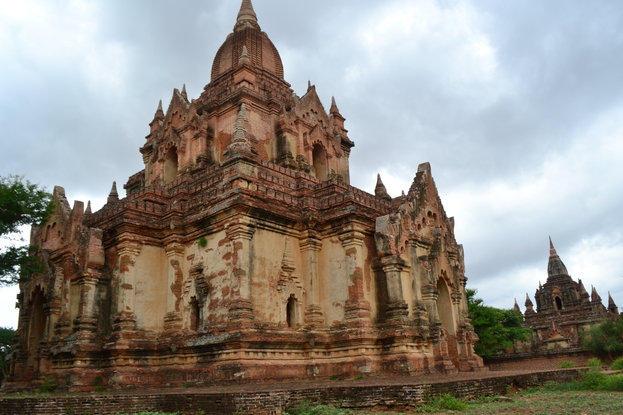
Bagan is an archaeological site in central Myanmar, spanning some 40 square kilometres. The grand plains are dotted with closed to 4,000 temples, many of which suffered from neglect, erosion, looting or are simply destroyed during earthquakes. Of those that remain standing (according to my guide, there are still more than 2,000 left), many were restored in a dodgy and un-historical manner (it is not uncommon to see some temples whose paint colour look somewhat different from the rest); and for that reason, unlike its more famous cousin the Angkor Wat in Cambodia, Bagan has not been included by Unesco as a world heritage site.


The Bagan region is massive, and it will take weeks, maybe even months to explore every single one of the temples. Geographically, Bagan can be divided into 3 main areas: Nyaung U, Old Bagan and New Bagan. Most of the important temples are found at the region surrounding Old Bagan, while the other 2 areas offer better lodging and amenities.
The most famous temples include: Ananda Pahto– the most imposing and awe inspiring; Sulamani Pahto– said to be the prettiest; Thatbyinnyu Pahto– the tallest; and Dhammayangyi Pahto– the largest temple, a red colossus. At sunset, the pagodas of Pyathada and Shwesandaw will offer some unforgettable views, destined to be etched in its viewers’ memories. Get contend with the presence of many other tourists and the sound of vendors selling 15 postcards at 3,000 Kyats at these prime spots, though.


What makes Bagan such an incredibly romantic site is that apart from these famous temples, there are thousands other to explore, many abandoned and forgotten, but each seems to have its own secret story to tell. Hop on to a bike, rent a car, or hire a horse cart, and explore a piece of Bagan that seems worlds apart from the rest of civilisation. Get up close with the local people who have learnt the art of living among the ruins throughout the centuries, or observe the unassuming farmers guide his herds into the beautiful sunset. It will be moments like these which make Bagan most fulfilling.
I left after 3 days at this magical site, feeling that I could easily spend another few more. As for the slingshot, it sits firmly in my haversack. As a piece of Bagan I am bringing home, it’s indeed not too bad a souvenir at all.
